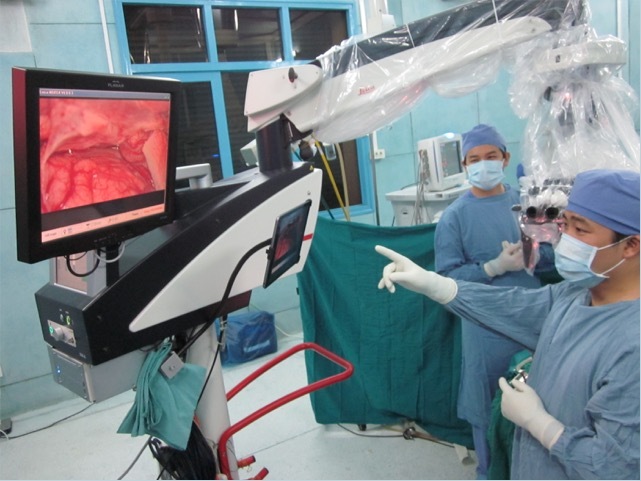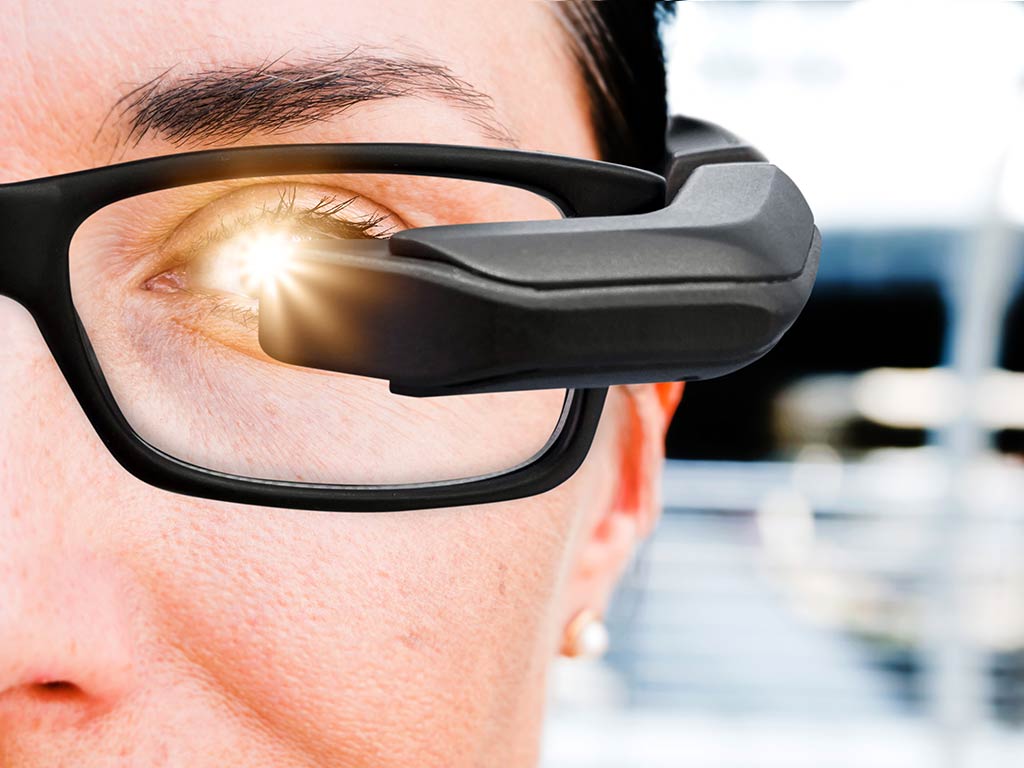Location information
Hospital address
Kilimanjaro Christian Medical Center Moshi Kilimanjaro 25116 United Republic of Tanzania
Hospital type
University-affiliated Faith-based Private Public
Hospital description
Third-Level Hospital (Referral)
Hospital website
This is a teaching hospital
Description
Kilimanjaro Christian Medical Center (KCMC) is one of four referral hospitals in Tanzania. It is situated in the northern part of the country and serves around 15 million people. As a teaching hospital it is affiliated to the Kilimanjaro Christian Medical University College. And in collaboration with the Kilimanjaro Clinical Research Institute (KCRI) it builds the platform for clinical research.
The director of surgical services Dr Ayesiga Hermann and the department of General surgery under the lead of Dr David Msuya in collaboration with the KCRI are planning to build up a Global Surgery Hub at KCMC. The aim being to strengthen surgical capacities on a local, regional and national level through clinical fellowships. And expanding research activities through collaborations with international Global Surgery institutes.
My name is Judith Hillner, I am a general surgeon from Germany, trained mainly in Switzerland with a strong interest in global surgery, humanitarian work and teaching. I have lived three years in Tanzania before deciding to move to Moshi to work at KCMC permanently.
Our goal is it to connect with surgeons from around the world that share our interest in global surgery, teaching and research. A Global Surgery Hub at KCMC would enable residents to engage in international research projects, giving them international exposure to conferences and building up evidence for surgical burden of disease for Tanzania and East Africa.
Member information
Name
Judith Hillner
Member type
Clinical department with teaching programme
Specialty
General Surgeon
Subspecialties
- Breast
- Burns
- Colorectal
- Endocrine
- Gastrointestinal
- Hepatobiliary
- Paediatric
- Surgical oncology
- Trauma and critical Care
- Vascular
Languages spoken
- English
- Swahili
Professional affiliations / memberships
- European Society for Trauma and Emergency Surgery (ESTES)
Social profiles
Conditions treated
- Breast
- Benign breast disease
- Malignant breast disease
- Breast reconstruction
- Breast infections
- Burns
- Acute burn care
- Post-burn reconstruction
- Inhalation injury
- Gastrointestinal
- Volvulus
- Bowel Obstruction (parasitic, adhesive, mass)
- Benign polyps
- Malignant disease– colon, rectal, anal, carcinoids
- Inflammatory bowel disease
- Diverticular disease
- Appendicitis
- Anal disease: Hemorrhoids, fissures, fistulae, prolapse
- Incontinence
- Stomas – colostomies / ileostomies
- GI bleeds
- Endocrine
- Thyroid/parathyroid
- Adrenal
- Hepatobiliary
- Cholelithiasis/choledocholithiasis
- Pancreatic pseudocyst
- Paediatric
- Tracheo-esophageal fistula
- Newborn intestinal atresias
- Ano-rectal malformations
- Hirschsprung’s Disease
- Tumors (Wilms’, neuroblastoma, hepatoblastoma)
- Abdominal wall defects (gastroschisis, omphalocoele)
- Trauma and Critical Care
- Ventilator management
- Total parenteral nutrition management
- Pressor management
- Vascular
- A-V fistula for dialysis
- Ability to do the following procedures
- Colonoscopy
- Ultrasound or CT-guided needle biopsy
Equipment used
- Minimally invasive surgery (MIS)
- Harmonic scalpel
- Synthetic or biologic patches/mesh
- Dermatome
- Mesher
- Gastroschisis springloaded silos
- CT
- MRI
- Ultrasound
- Focused Assessment with Sonography for Trauma (FAST)
- Central venous catheters
- Mechanical ventilators
- Total parental nutrition (TPN)
- Chemotherapy



